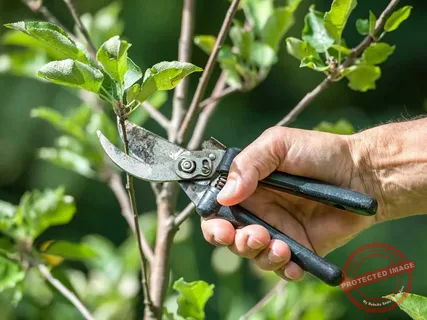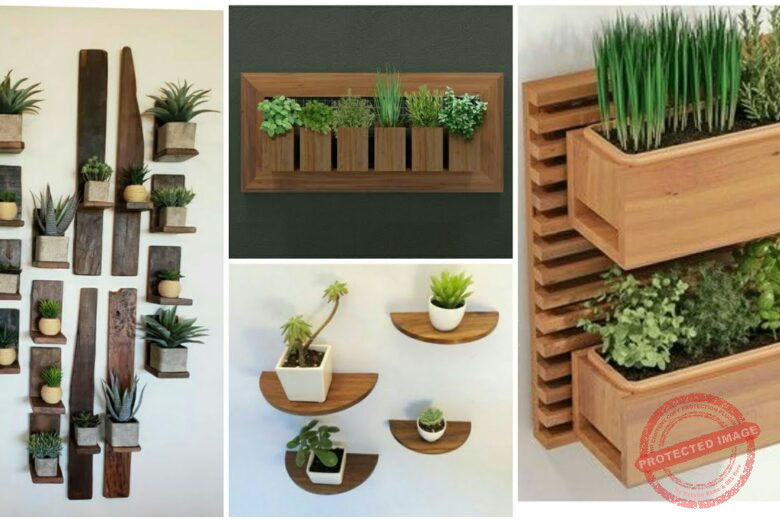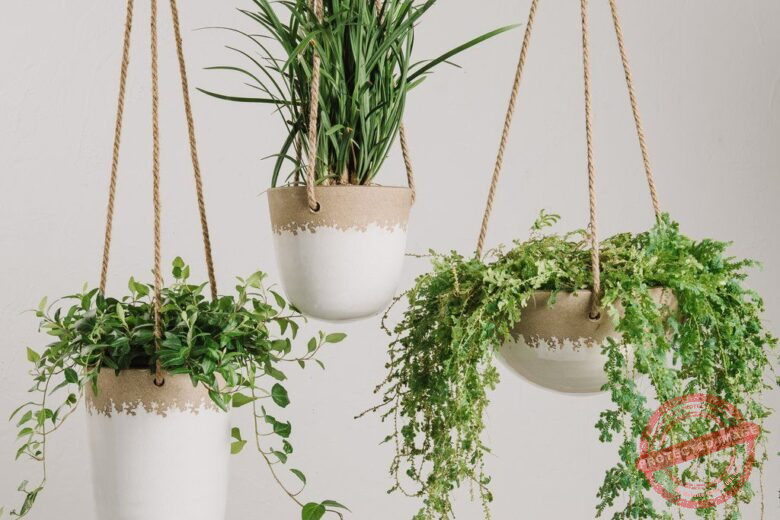Orchids are prized for their beautiful and exotic flowers, but they can be quite finicky when it comes to their care. One common issue that orchid enthusiasts encounter is yellowing leaves. While it can be alarming, yellowing leaves don’t always spell disaster for your plant. Understanding the underlying causes and knowing how to address them can help you nurse your orchid back to health. Here are 15 reasons why your orchid leaves might be turning yellow and what you can do about it.
1. Overwatering
Cause
Overwatering is one of the most common reasons for yellowing leaves in orchids. Orchids, especially epiphytic varieties, are adapted to growing in environments where their roots are exposed to air. Excessive water can lead to root rot, suffocating the roots and preventing them from absorbing necessary nutrients.
Solution
- Watering Schedule: Allow the potting medium to dry out slightly between waterings. Orchids typically need watering once a week, but this can vary depending on the environment.
- Drainage: Ensure that the pot has adequate drainage holes to prevent water from sitting at the bottom.
- Potting Medium: Use a well-draining orchid mix, such as bark or sphagnum moss.
2. Underwatering
Cause
On the flip side, underwatering can also cause leaves to yellow. Orchids need a consistent moisture level to thrive, and prolonged periods of dryness can lead to dehydration.
Solution
- Check Moisture Levels: Stick your finger into the potting medium to check for moisture. Water your orchid when the top inch feels dry.
- Humidity: Increase humidity around your orchid by misting it regularly or using a humidity tray.
3. Improper Lighting
Cause
Light is crucial for photosynthesis, and both too much and too little light can cause yellowing leaves. Orchids generally prefer bright, indirect light. Direct sunlight can scorch the leaves, while insufficient light can hinder their growth.
Solution
- Lighting Conditions: Place your orchid in a spot where it receives plenty of indirect sunlight. East or west-facing windows are ideal.
- Artificial Lighting: If natural light is insufficient, consider using grow lights to supplement.
4. Nutrient Deficiency
Cause
Orchids require specific nutrients to stay healthy. A deficiency in essential nutrients like nitrogen, magnesium, or iron can result in yellowing leaves.
Solution
- Fertilization: Use a balanced orchid fertilizer regularly during the growing season. Follow the manufacturer’s instructions for dilution and frequency.
- Supplementation: If a specific nutrient deficiency is suspected, use supplements to correct it.
5. Temperature Stress
Cause
Orchids are sensitive to temperature fluctuations. Extreme temperatures, whether too hot or too cold, can cause stress and result in yellowing leaves.
Solution
- Optimal Temperature: Maintain a temperature range of 60-80°F (15-27°C) during the day and slightly cooler at night.
- Avoid Drafts: Keep your orchid away from drafts, air conditioning vents, and heaters.
6. Pest Infestation
Cause
Pests such as spider mites, aphids, and scale insects can suck the sap from orchid leaves, causing them to yellow and weaken.
Solution
- Inspection: Regularly inspect your orchid for signs of pests.
- Treatment: Use insecticidal soap or neem oil to treat infestations. In severe cases, you may need to isolate the affected plant.
7. Natural Aging
Cause
Orchid leaves have a natural life cycle, and older leaves may yellow and drop off as part of the plant’s growth process.
Solution
- Monitor: If only the oldest leaves are yellowing and the new growth is healthy, it is likely a natural process.
- Pruning: Remove yellowing leaves with sterilized scissors to maintain the plant’s appearance.
8. Root Problems
Cause
Healthy roots are essential for an orchid’s nutrient and water absorption. Root problems, such as rot or damage, can lead to yellowing leaves.
Solution
- Root Inspection: Check the roots regularly. Healthy roots should be firm and green or white.
- Repotting: If you notice mushy or rotten roots, repot your orchid in fresh medium and trim away the damaged roots.
9. Water Quality
Cause
Orchids can be sensitive to the quality of water used. Tap water with high levels of chlorine, fluoride, or other chemicals can cause leaf discoloration.
Solution
- Water Type: Use distilled or rainwater for watering your orchid.
- Filtration: If using tap water, let it sit out overnight to allow chemicals to dissipate or use a water filter.
10. Fungal or Bacterial Infection
Cause
Fungal and bacterial infections can cause yellow spots or patches on orchid leaves. These infections often result from excessive moisture and poor air circulation.
Solution
- Treatment: Remove affected leaves and treat the plant with a fungicide or bactericide.
- Air Circulation: Improve air circulation around your orchid by spacing plants adequately and using a fan if necessary.
11. Transplant Shock
Cause
Repotting can sometimes cause stress to orchids, leading to temporary yellowing of leaves. This is often due to disturbance of the roots.
Solution
- Post-Repotting Care: After repotting, keep the orchid in a stable environment with consistent temperature and humidity. Water sparingly until the plant adjusts.
12. Chemical Exposure
Cause
Exposure to chemicals such as pesticides, herbicides, or cleaning agents can damage orchid leaves, causing them to yellow.
Solution
- Avoid Exposure: Keep your orchid away from areas where chemicals are used.
- Rinse Leaves: If you suspect chemical exposure, gently rinse the leaves with lukewarm water.
13. Humidity Issues
Cause
Orchids thrive in humid environments. Low humidity levels can cause dehydration and yellowing leaves.
Solution
- Humidity Increase: Use a humidifier or place a humidity tray near your orchid to maintain a humidity level of 40-60%.
- Misting: Regularly mist the leaves, but avoid over-wetting them to prevent fungal issues.
14. Improper Potting Medium
Cause
Using an inappropriate potting medium can lead to poor drainage and root problems, resulting in yellow leaves.
Solution
- Correct Medium: Use a potting medium specifically designed for orchids, such as a mix of bark, perlite, and sphagnum moss.
- Repotting: Repot every 1-2 years to refresh the medium and ensure good drainage.
15. Sunburn
Cause
Direct sunlight can scorch orchid leaves, causing them to turn yellow and develop burn spots.
Solution
- Shade: Move your orchid to a location with bright, indirect light.
- Protective Measures: Use sheer curtains or shade cloth to filter intense sunlight.
Conclusion
Yellowing leaves in orchids can be caused by a variety of factors, from watering issues and nutrient deficiencies to pest infestations and environmental stress. By carefully monitoring your orchid’s environment and health, you can often identify the root cause and take appropriate action to restore your plant to its vibrant self. Remember, orchids are resilient plants, and with a little attention and care, they can continue to thrive and bring beauty to your home.
FAQs
-
Why are my orchid’s lower leaves turning yellow?
- Lower leaves yellowing is often a natural part of the aging process. If only the bottom leaves are affected and the plant otherwise appears healthy, there is usually no cause for concern.
-
How often should I water my orchid to prevent yellow leaves?
- Watering frequency depends on the orchid species, potting media, and environmental conditions. Generally, water when the top inch of the media feels dry, typically every 7-10 days.
-
Can I use tap water for my orchids?
- Tap water can contain chemicals that may harm orchids. It’s best to use distilled, rain, or reverse osmosis water. If using tap water, let it sit out overnight to allow chlorine to evaporate.
-
What type of fertilizer is best for orchids?
- Use a balanced, water-soluble fertilizer formulated for orchids. Ensure it contains essential micronutrients and follow the recommended dosage and schedule, typically once a month during the growing season.
-
How do I improve humidity for my orchids?
- Increase humidity by using a humidity tray, room humidifier, or grouping orchids together. Regular misting can help, but avoid excessive wetting of the leaves to prevent fungal issues.



